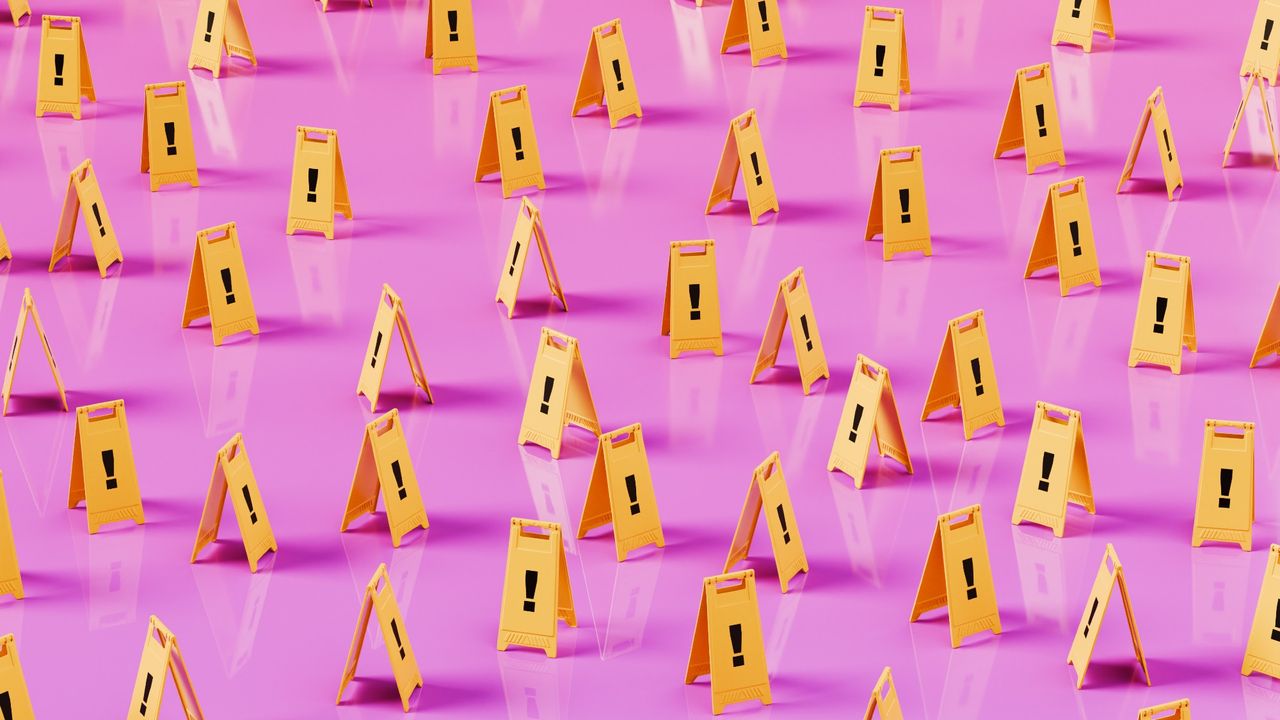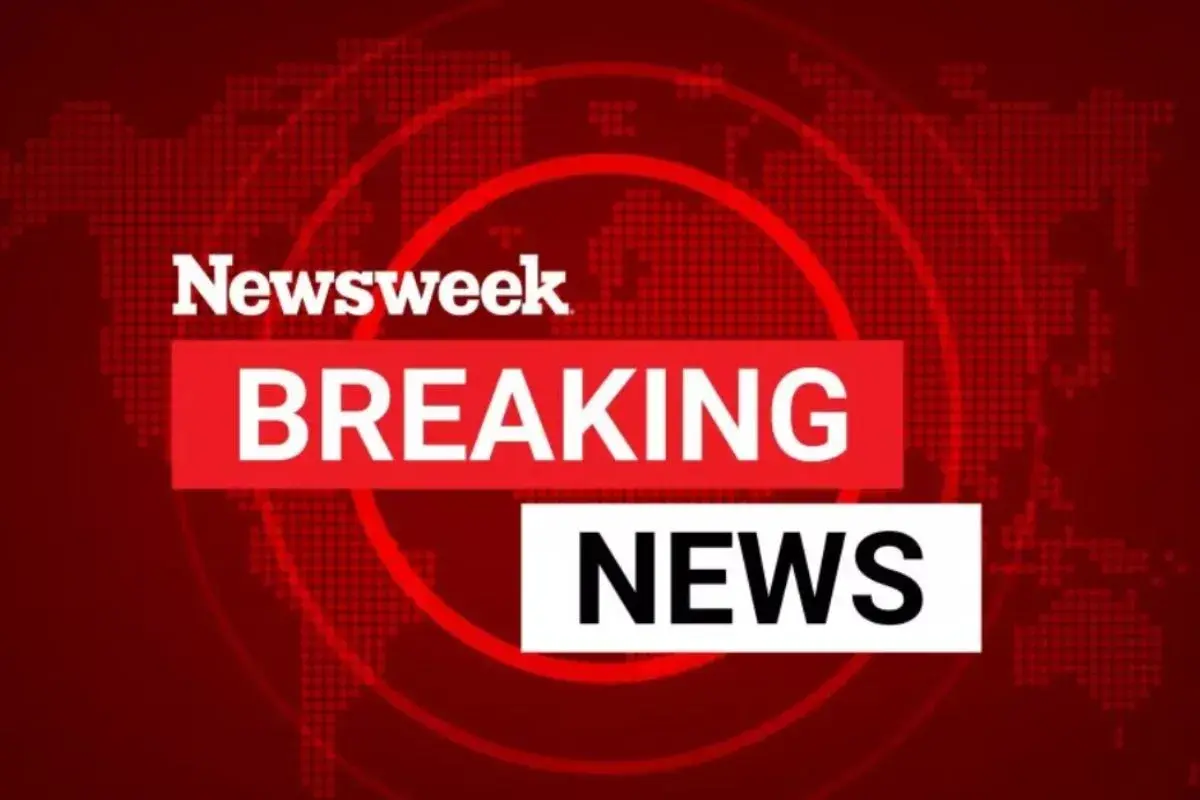**Shocking! Women Use Exclamation Marks Three Times More Often Than Men, New Study Finds**
According to a new study, women use exclamation marks three times more frequently than men. Punctuation is a “fraught and contentious business,” said Melanie McDonagh in London’s *The Standard*. The study, due to be published soon, reveals intriguing insights into how exclamation marks influence communication.
Exclamation marks have been found to convey a sender’s warmth and enthusiasm. However, they can also lead to perceptions of a lack of power or an inability to think analytically. “That’s a particular gender stereotype you don’t want to play into,” McDonagh noted.
### ‘A Grammatical Whoopee Cushion’
Ultimately, exclamation marks suggest a “bright smile” and a “non-confrontational stance,” reflecting a staunch “willingness not to seem bossy even if you are being bossy.” McDonagh confessed, “I have to stop myself from using them all the time.”
This urge to exclaim often stems from fears women hold about how their language might be perceived by others, explained Cheryl Wakslak, co-author of the study. However, this tactic can backfire. Exclamation marks may “suggest that the user is desperate to seem nice” and is tiptoeing to avoid causing offense.
“At the end of the day, your message itself should probably convey kindness without an exclamation mark taking the sting out of it,” McDonagh added. “As for emojis, don’t get me started.”
Overusing exclamation marks can be “irritating and moronic,” according to Carol Midgley, who referenced F. Scott Fitzgerald’s view that excessive use is “like laughing at your own joke.” It’s akin to admitting you’re not funny and needing punctuation to “signpost your jocularity with a grammatical whoopee cushion.”
“Like many women, I live in terror of seeming slightly brusque, causing offense, or—perhaps worst of all—not being liked,” Midgley confessed. This anxiety could explain why there’s now a “contagion of exclamation marks everywhere,” even in sympathy notes—something akin to “offering your condolences while wearing clown shoes.”
### ‘Female Exclaimers Need Not Worry’
Pilita Clark of the *Financial Times* admitted, “At one point, I shunned the things,” especially in workplace writing. But over time, exclamation marks crept back in, fueled by the informality introduced by social media and intensified by the COVID-19 pandemic.
Clark wondered whether she began using them more for “another, more dubious reason”: perhaps because male colleagues were starting to use exclamation marks too.
The big takeaway from the research is that regardless of gender, “you can probably relax.” While perceptions of reduced analytical thinking or power may matter in environments like London law firms, the research indicates you will not be deemed less competent. Instead, you will be seen as warmer and more likable.
This means “female exclaimers need not worry about being judged more harshly than any male counterpart,” and “men harboring urges to be more exclamative should feel free to submit.”
### The Changing Role of Punctuation in Digital Communication
In today’s communication landscape, much of which occurs online, “punctuation’s job description has gotten more demanding,” noted *Time* magazine. Without facial cues or gestures, punctuation must do significant heavy lifting, clarifying not just what you’re trying to say, but how you’re trying to say it.
Exclamation marks are not the only punctuation marks whose usage is evolving. Research suggests that “omitting periods is a way people communicate that they’re feeling relaxed,” while sentences ending in full stops are often perceived as less sincere than those without.
Ultimately, whether you use lots of punctuation or very little, “everyone benefits from frankness and open discussion around punctuation.”
https://theweek.com/culture-life/to-the-point-the-gender-divide-over-exclamation-marks


